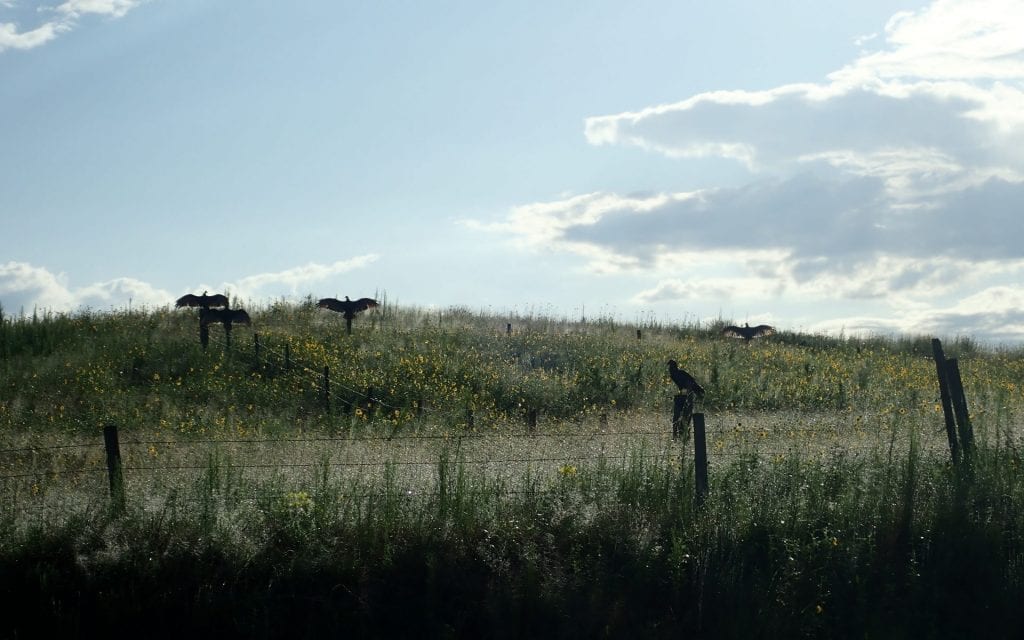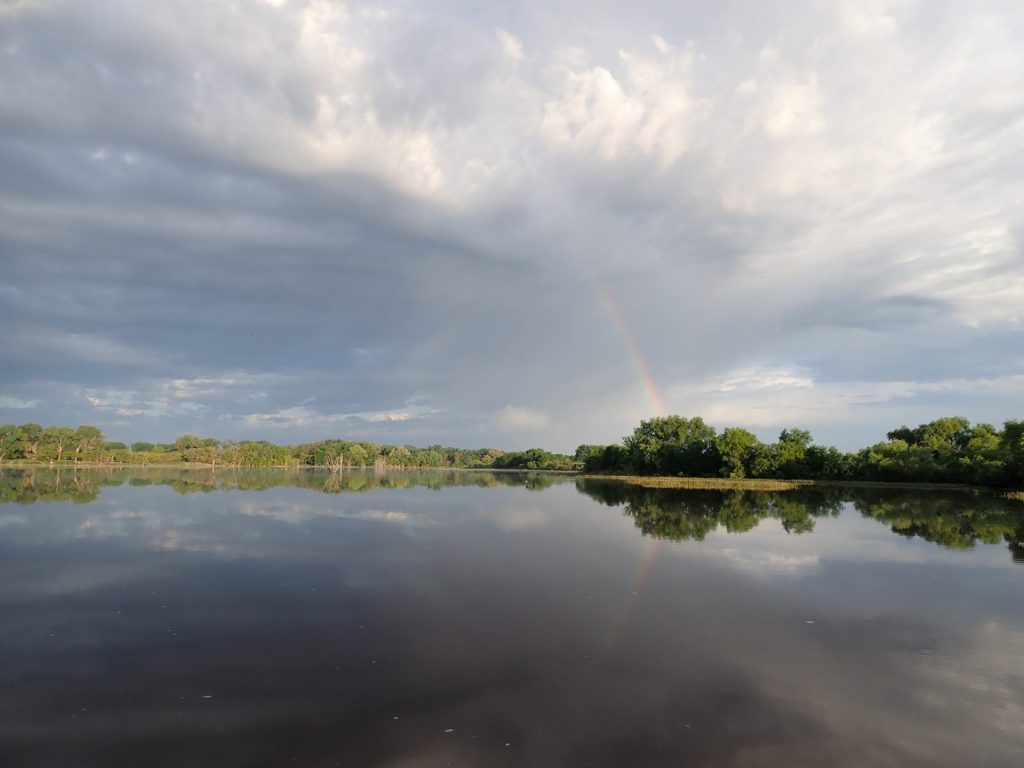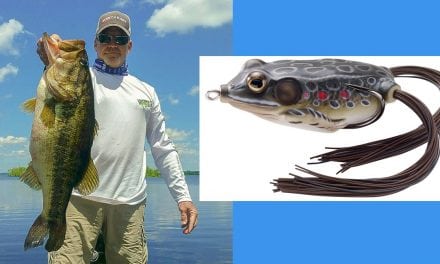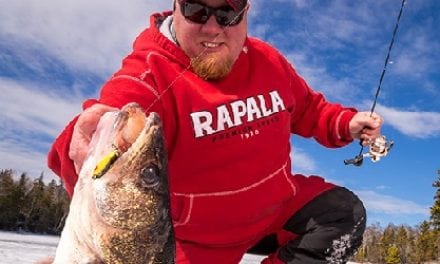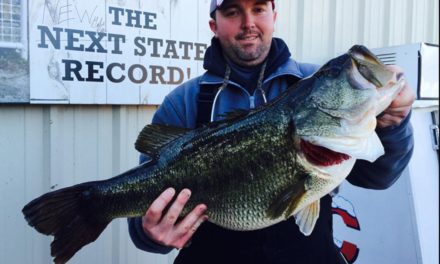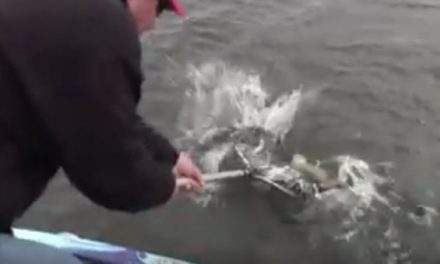I believe that one of the most important skills that any outdoors-person can possess is observation–being able to sense things in “the wild” and interpret what they mean. Us trappers call it “reading sign”. It is knowing tracks and seeing trails, and a lot more than that. Trapping is a great way to hone those skills. Observing sights, sounds, smells and sometimes even tastes can tell you what is going on, if you just take the time to learn.
Modern anglers have a bunch of electronic gadgets to help us “see” what is happening below the surface. Lord knows those are valuable tools, but the best anglers are still those who are most observant and able to interpret what is happening around them. For example, anglers can learn a lot by watching birds, especially fish-eating birds. More than once those feathered anglers have led me to a hot bite.
But, what does it mean when you find a bunch of turkey vultures, wings out-stretched, perched over the water you are going to fish? Is that a “bad sign”?
Actually, I can tell you what that means–that the vultures needed to dry-out and warm-up a little that early morning. I had seen turkey vultures perch in trees in early morning doing that before, but never on fence posts. However, it is a little unnerving to look up the hill and see those scavengers sitting on fence posts holding their wings out.
OK, so that was not necessarily a “bad sign”. Was the rainbow that same morning a “good sign”?
I did not catch any fish that particular morning . I must have missed the signs.
Maybe the vultures WERE trying to tell me something?
But, I did come around a corner on a trail and catch a glimpse of a bobcat crossing just ahead of me; then watched it bound through the dewy grass.
And it was a very good morning, a very good fishing trip, even if I did not catch anything.
The next one will be too, no matter what the signs say.
The post Signs appeared first on Nebraskaland Magazine.

